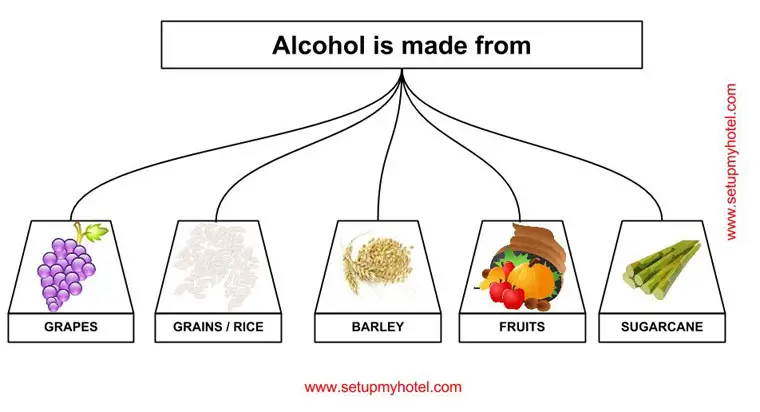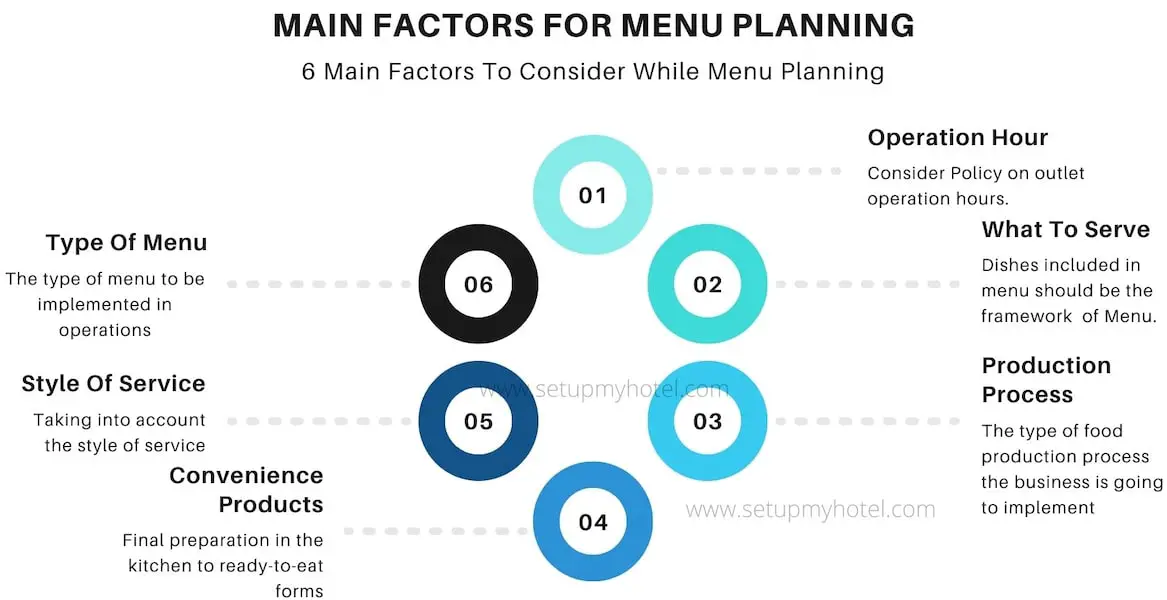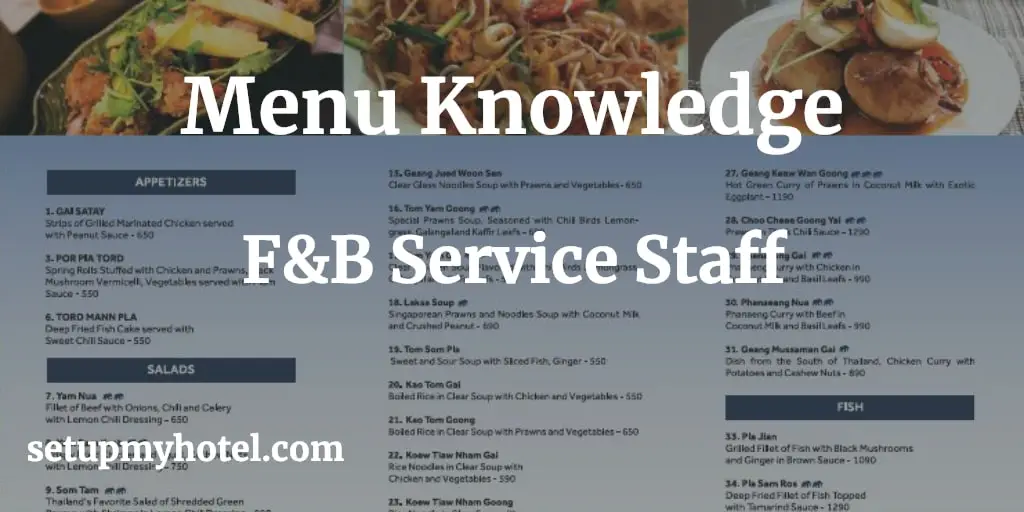Checklist For Purchasing Food And Beverage Service Equipment
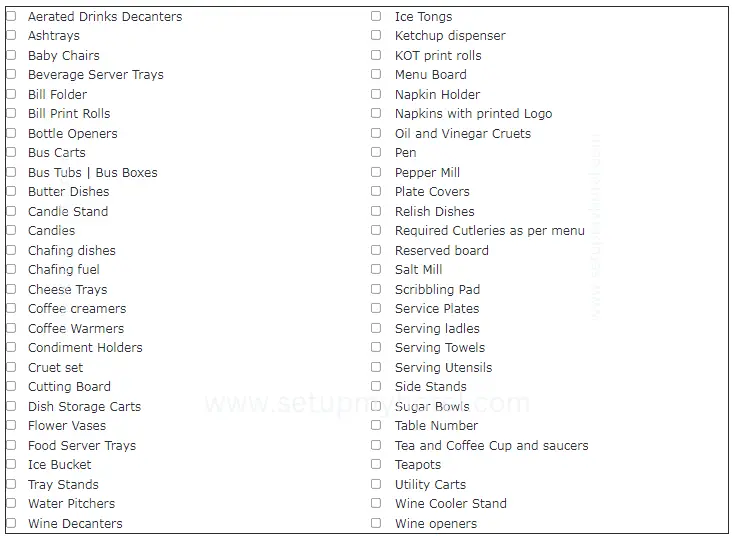
Purchasing F&B Service Equipment Creating a checklist for purchasing Food and Beverage (F&B) service equipment is crucial to ensure that ...
Read more
Tips For Serving Bottled Beer And Draft Beer

Tips for Serving Bottled Beer and Draft Beer in Restaurants and Bars To provide a good beer service the server/staff ...
Read more
18 Types Of Service In Hotel / Classification Of F&B Service
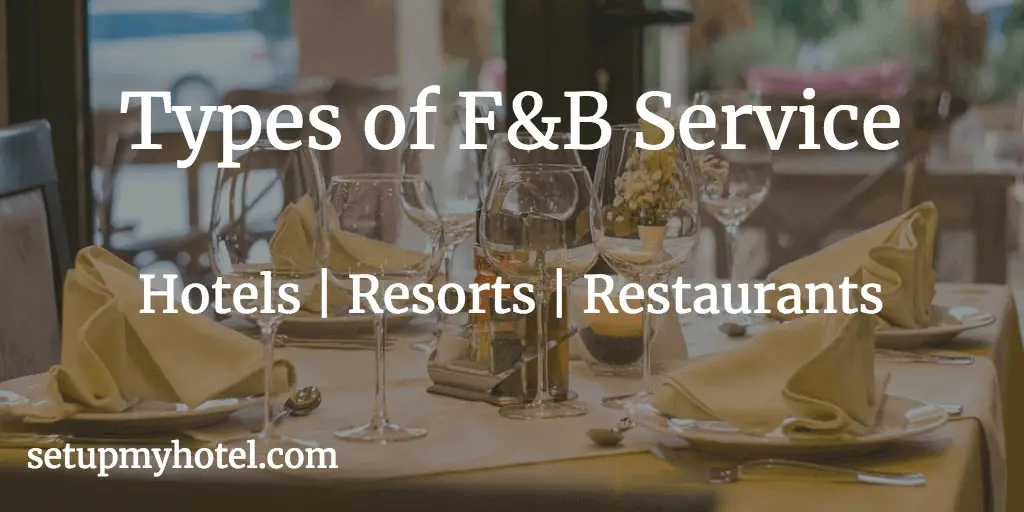
Different Types of Service in Hotels – Types of F&B Service When it comes to hotels, there are various types ...
Read more
Serving Tea & Coffee To Guests – Service Standard | Hotels | Restaurants | Resorts
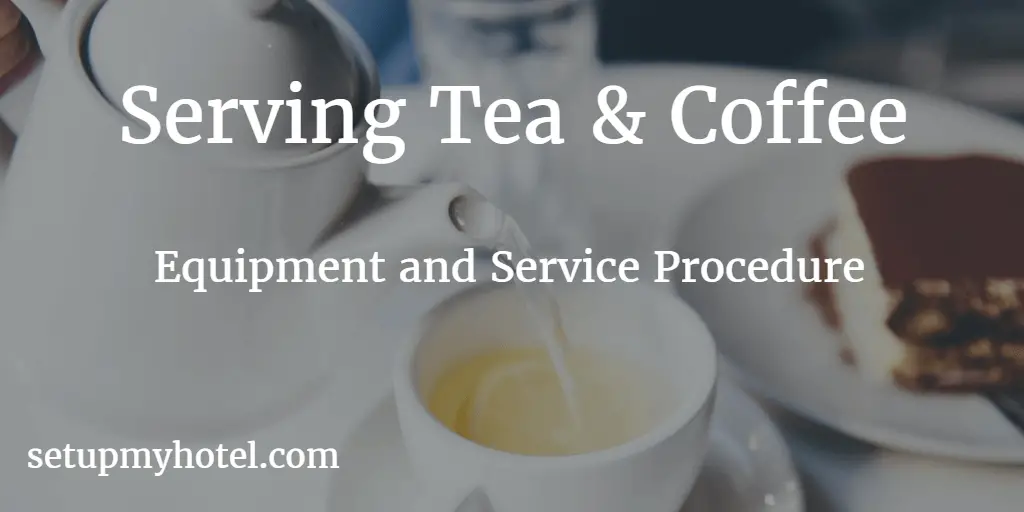
Serving Tea and coffee to Guests – Service Standards Serving tea and coffee to guests is a vital aspect of ...
Read more
